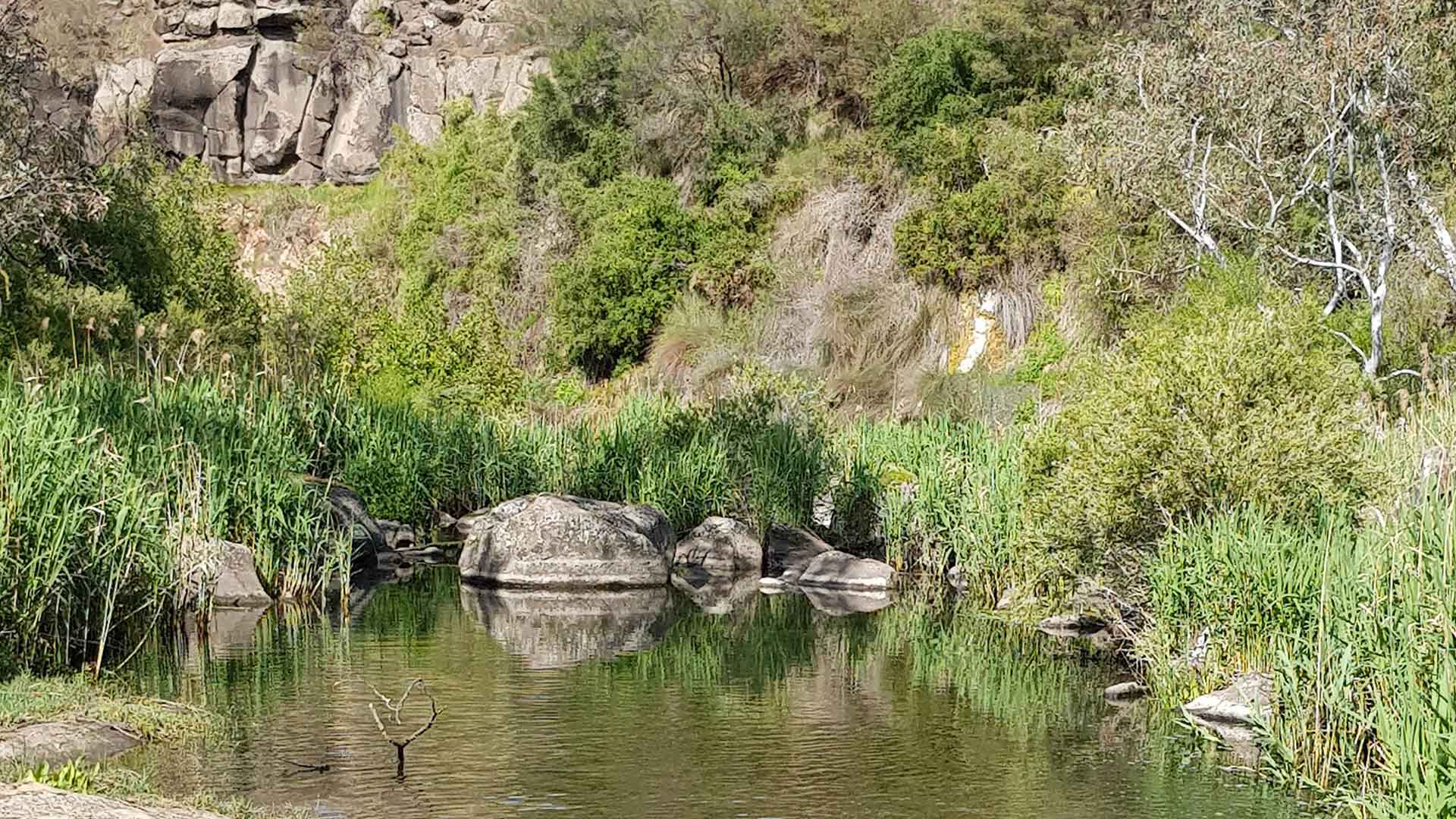Assessment of pollutant risks and the need for management interventions at environmentally sensitive sites across the region.
Background
Melbourne Water manages over 40 sites that are designated Sites of Biodiversity Significance (SoBS), as well as Ramsar sites of international significance such as Edithvale-Seaford Wetlands, Port Phillip (Western Shoreline, including the Western Treatment Plant) and Western Port. Management plans for SoBS are included in Melbourne Water’s asset management system and five-yearly assessments of condition are conducted to guide protection. The potential threat of contaminants to values within these sites, however, has not been assessed for some of these sites. This project will assist Melbourne Water to identify sites where pollution is a major threat to environmental values and where applicable, identify major sources of contaminants to focus management efforts.
Approach
This project is a continuation from A3P project Understanding contaminant risk to environmentally sensitive areas, building on the same process, using the initial desktop risk assessments at all sites, which informed the order of systematic site assessment prioritization (Long et al., 2019, 2020, 2022), to better understand potential contamination. Sediment, water and passive samplers will be used to measure a variety of contaminants. If results indicate contamination, a follow up investigation to clarify findings and identify the source and/or the risk of the contaminants to values will occur.
Initial site assessments will occur at 18 SoBS yet to be assessed, including The Inlets in Western Port; with 10 sites proposed for Year 1, pending steering committee agreement. Follow up sampling in conservation wetlands at the Western Treatment Plant (WTP) will also occur including sediment sampling and toxicity testing to assess the impact of elevated metals on macroinvertebrates. Additional follow-up studies are proposed to determine if metals (and potentially pesticides) pose a risk to birds through consumption of macroinvertebrates. This may include obtaining existing blood and feather samples collected by potential collaborators.

Progress to date
A3P1 completed Sep 2023.
See Download 2022 results summary or access this HWS midterm review summary via:
- https://healthywaterways.com.au/resources/documents
- https://mwhwsstorage.blob.core.windows.net/files/2024-12/HWS_2024_Mid-term Review_Factsheet_SoBS.pdf
for details.
A3P2 began in Oct 2023.
Expected Outcomes
- A greater understanding of the risks of pollution to SoBS and other sites of environmental significance in the region.
- Inform SoBS management plans, Western Treatment Plant Risk Management and Monitoring Plan, biodiversity, management and Ramsar plans.
Expected Completion
2025
Contact
For more information, please contact the project lead:
- Dr. Sara Long, Sara.Long@rmit.edu.au
At Melbourne Water:


